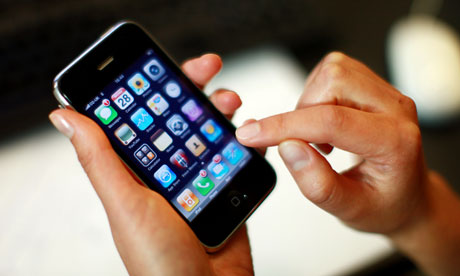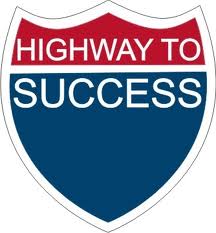6 Secrets on Productivity from Branson
One of my by business idols is Sir Richard Branson, whom I have had the pleasure of meeting. My close friend Joe Hollingsworth has spent a week with him on his private island in the Virgin Islands and heard  many interesting stories. What makes him really stand out to me is that he has started over 400 businesses and has had great success with many of them. He also has dyslexia, which resonates with me because so do I. Some may see this as a handicap, but I see it as one of the reasons he has achieved much success. If you would like to understand more about why, read my blog on my experience with dyslexia.
many interesting stories. What makes him really stand out to me is that he has started over 400 businesses and has had great success with many of them. He also has dyslexia, which resonates with me because so do I. Some may see this as a handicap, but I see it as one of the reasons he has achieved much success. If you would like to understand more about why, read my blog on my experience with dyslexia.
In a recent article, “Richard Branson’s Six Secrets to Productivity,” I found some important truths that I would like to share:
1) Exercise. It is key to having the energy to be productive. It is difficult to fight the good fight in your business life if you are not keeping yourself fit and energized.
2) Keep lists. He says, “I have always lived my life making lists: lists of people to call, lists of ideas, lists of companies to set up, lists of people that can make things happen.” I love that last one! If you are around me at all, you will hear me say to my team, “Let’s make things happen!”
3) Love what you do. This cannot be emphasized enough if you are going to be productive. You need the passion that only loving what you do will bring into your activities. Branson says, “I don’t think of work as work and play as play. It is all living.”
4) Don’t get the lawyers or accountants involved too early. It slows down the action. Make things happen and don’t waste unnecessary time in this area until the vision and strategy are thought out, and things are moving forward. Figure out the details as you go.
5) Step back and delegate. Hands-off delegation is important to Branson because he wouldn’t be able to handle all 400 companies and the details that go with them. He says, “I have to be good at helping people run the individual businesses and I have to be willing to step back.”
6) Set up big audacious goals. This way, even if you fall a little short, you have accomplished significantly more than you would have otherwise. Also, pay attention and focus on the few things that make a real difference.
These all sound so simple, but they are really not that easy to implement. Think about just half of those points: Delegate, focus on a few things, and exercise. It’s not easy to let go of things when you, as a gung-ho entrepreneur, really want to take control and push to make them happen on your own. Most of us business types have an attention deficit brain and find it hard to focus on just a few key things. We are all busy and know we need to exercise, but do we build a routine around making sure we actually do it?
Great thoughts! Now, we all need to just go Make It Happen!





